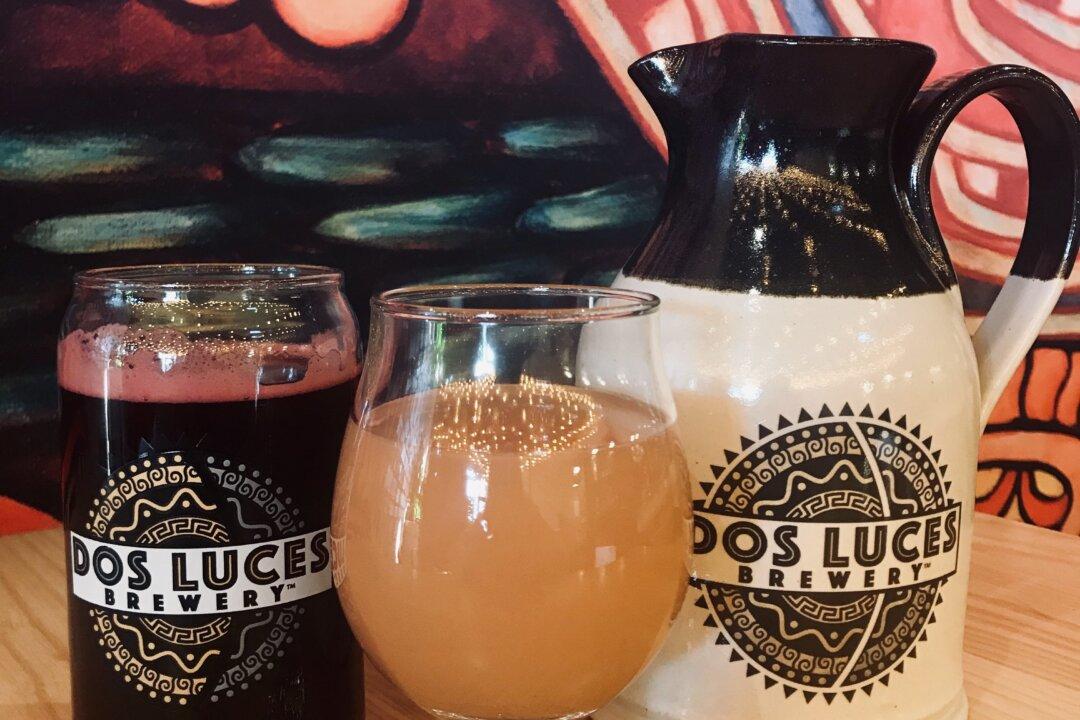New year, new you: ’Tis the season to commit to drinking less, exercising more, dieting sensibly, and getting a better night’s sleep. Granted, all that’s easier said than done for even the most routine-oriented among us. For those in the hospitality and especially the bar industry, operating on erratic nocturnal schedules and surrounded by alcohol as the primary tool of their trade, the obstacles to self-care are even more daunting.
In fact, holistic wellness has become a pressing issue for the industry, as numerous recent articles in beverage publications such as Punch and Imbibe attest. And while proposed solutions vary, one of the most interesting I’ve found is centered on a sport that’s as widely misunderstood as the profession of bartending often is: boxing.





